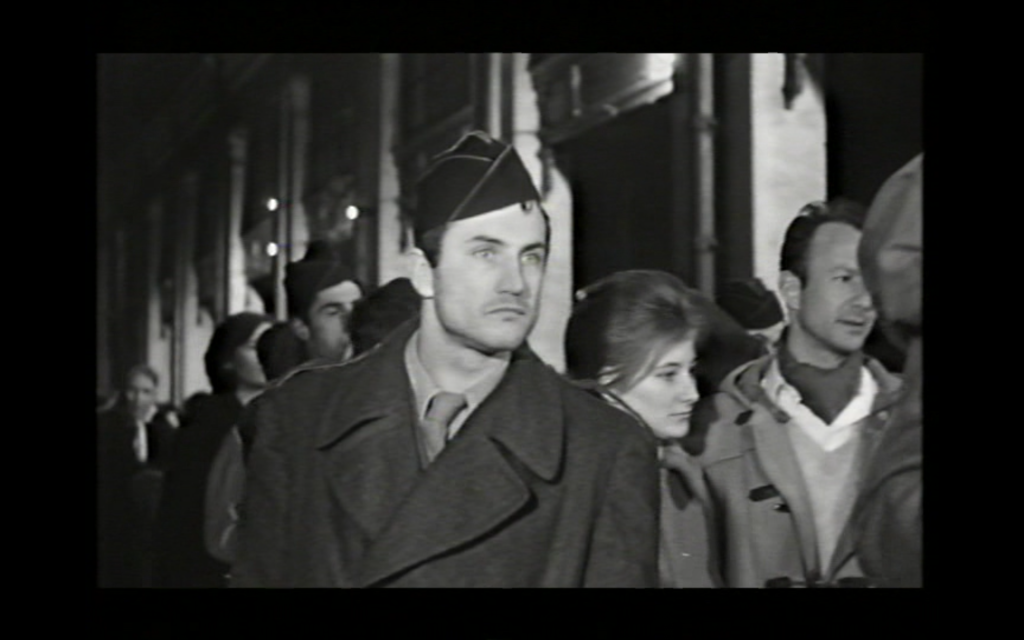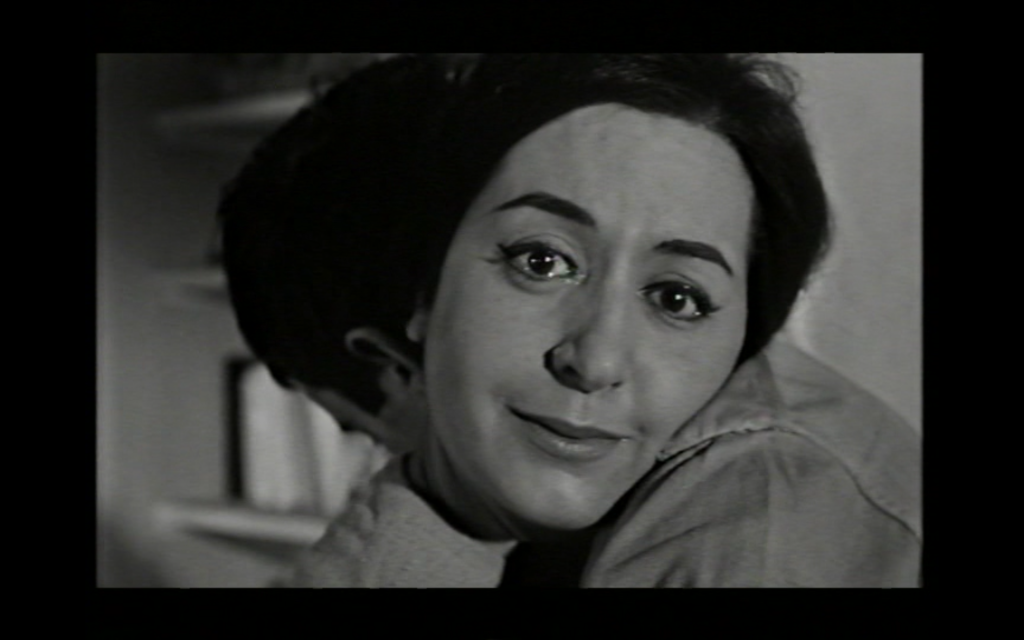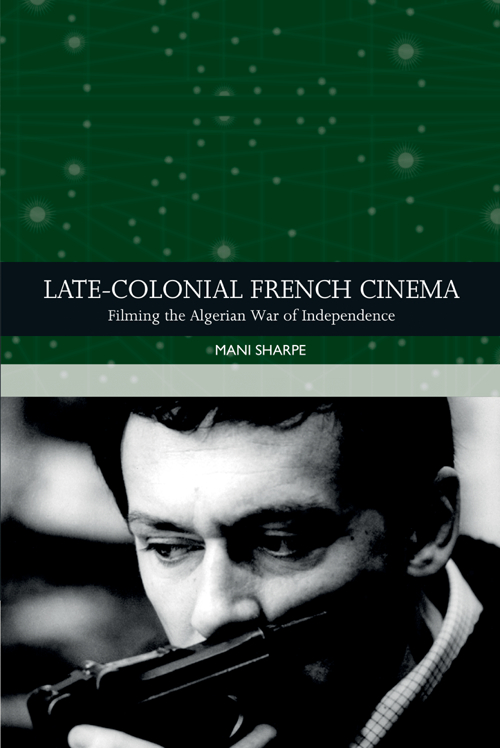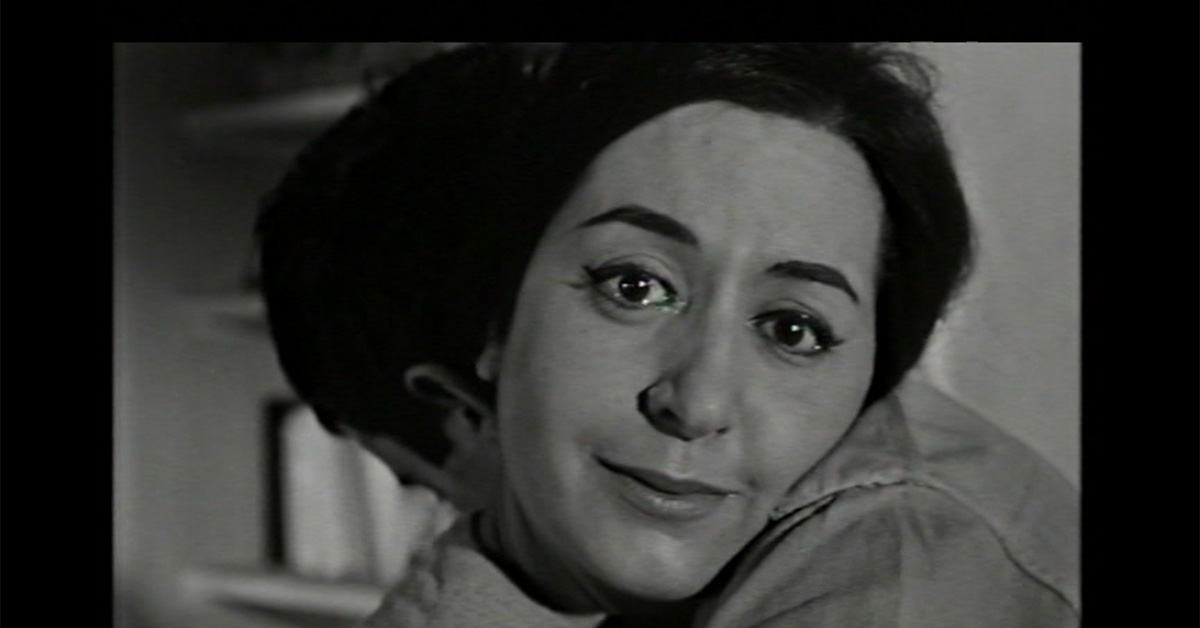
by Mani Sharpe and Daniel Goldenberg
Read the original interview in French
Shot in 1959, Le Retour is a short film directed by Daniel Goldenberg, in collaboration with the ex-paratrooper, Yann le Masson, who was responsible for cinematography, alongside Georges Barsky. The film takes place at the Gare de Lyon train station, in Paris, where the spectator is introduced to an unnamed young woman, who is initially dramatised waiting for her unnamed soldier-partner to return on a train from Algeria, via Marseille. An important example of what I explore in my book, Late-colonial French Cinema, which looked at films that thematised the Algerian War of Independence as it was occurring (1954-1962), Le Retour is a lost classic, that puzzles and dazzles, in equal measure.
Read on for the interview conducted by Mani Sharpe (Lecturer in Film at the University of Leeds) with Le Retour‘s director, Daniel Goldenberg.
Mani Sharpe: Why did you film Le Retour?
Daniel Goldenberg: The two main reasons I made Le Retour were to talk about the reality of the war and the ‘rebellion’, both of which were considered ‘taboo’. After having escaped the threat of conscription by six months in 1951, I also felt solidarity with all of those who had been called up to wage this colonial war in Algeria.
MS: How did you film Le Retour and how did the filming go?
DG: Filming lasted a week from Monday to Friday, and was dictated by the arrival of the ‘demobilisation’ trains from Marseille. The cinematographer, Georges Barsky, had the idea of installing powerful projectors on the ceiling of the Gare de Lyon, which he turned on or off according to requirements.
My job was to shoot a mix of real and fictional travellers as they waited, which would be impossible today. We were very discreet: the ‘involuntary extras’ did not realize that we were filming them. The film was therefore a mix of my fiction with their reality. We shot in 35 m/m, 1.66 format, with a very flexible Eclair Coutant Mathot caméflex camera. This allowed us to shoot with the camera in the crook of the shoulder, or on our feet, as Yann Le Masson knew how to do. He was one of the best cinematographers in the business. I captured snapshots of the life of the station on the spot, like a kind of report.
MS: Were you affected by censorship?
DG: No, the film went unnoticed.
MS: Was the film shown in public? And if so, where?
DG: Sporadically in private. No distributor wanted to touch it until February 1970, when I was able to add it to the programme of my feature-length film, The Portrait of Marianne, which was playing in le Studio de la Harpe: a cinema located on the Left Bank. Despite some good reviews, both films were a flop.
MS: To what extent have people talked about Le Retour since it was filmed?
DG: It is listed in most texts (books, journals, etc.) dedicated to the Algerian War. It was programmed by the Cinémathèque de Toulouse to coincide with the anniversary of the Evian Accords. 500 people watched it: veterans from both sides, French settlers, cinephiles and many young people who discovered this war through the film. I was overwhelmed by how they responded to Le Retour. The applause felt like a vindication: it reassured me.
MS: The style of Le Retour strikes me as being quite complex (close-ups, extended long takes, voice-over, actors looking at the camera, etcetera). Could you tell us more about your decision to film Le Retour this way? Which films/directors inspired this style?
DG: The two directors who have inspired me the most are Alain Resnais and Michelangelo Antonioni. I wanted to shoot on ‘Dupont film’, but it was not available in France. Georges Barsky nevertheless managed to do a great job… I wanted to mix reality with fiction, both separating and combining them – to the extent that these two things sometimes became interchangeable.

MS: The character of the Soldier is quite atypical. Why did you portray him like that?
DG: I met Jean-Claude Rolland through Tania Balachova, a great actress and wonderful teacher, and whose classes I attended. Her style of teaching was very much inspired by the Stanislavsky method. I chose Jean-Claude to play the Soldier because of his charisma, as well as the mystery that one sensed lay inside of him.
Jean-Claude had a great career ahead of him. He was picked up by Robert Enrico and asked to play one of his characters in Les Grandes Gueules and then by Jean Prat to play the main role in L’Espagnol, a two-part French television series, adapted from the eponymous novel by Bernard Clavel, and filmed in black and white. He committed suicide in 1967.
MS: For me, the most important – and most mysterious – shot of the film is the last one: when the camera tracks towards the woman’s face. What is the message behind this shot?
DG: It does not contain a message. It is indeed mysterious and at the same time quite simple: it portrays the reunion of two people separated by war. A war in which the man experienced the worst barbarism, and the woman lived in anguish, constantly expecting to receive a letter informing her that the love of her life has been killed. And yet – he returns.
Neither of the characters can find the other amidst the crowds that surround them, nor can they forget the tragedy of the past. I wanted to convey the impression that both of them know this, so they switch roles. He knows that she is waiting for him happily at home, the only place where their reunion is possible. The long tracking shot that frames the tears of the woman means that she is finally ready to find her love.

MS: Do you have anything else to say about the film?
DG: I want to pay tribute to Gisèle Prassinos, the author of the short story upon which Le Retour was based: it was her who provided me with the structure I was looking for to make the film, although I transformed it completely. For example, in Prassinos’s narrative, a woman waits for her husband at a station, before confusing him with a lookalike; there is no reference to war. Surrealism had a massive influence on Prassinos’s work: on her poetry, her books, her tapestries, and the characters she weaves out of recycled material, into Cleopatra, Abraham or the goddess of fertility. I can’t thank her enough for providing me with inspiration.
Where can I watch Le Retour?
The film is available to watch for free, complete with English subtitles.

More on the book
Get 30% off with discount code NEW30
Offers a sustained analysis of a cluster of French films made during, and in response to, the Algerian War of Independence
More on the author
Mani Sharpe is a Lecturer in Film in the Center for World Cinemas and Digital Cultures at the University of Leeds. Methodologically speaking, his research stands at the intersection between war studies, post-colonial studies, and film studies, and focuses generally on cinematic representations of de-colonisation and conflict.





